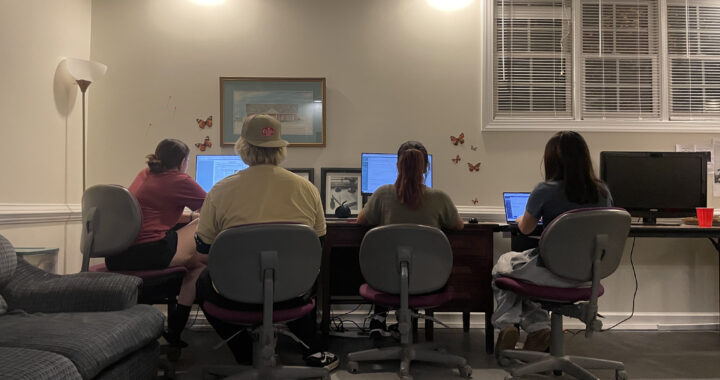Violence Against Bullies Justified
3 min readBy MATT GELLER
Staff Writer
Recently, a YouTube video surfaced, portraying two young boys pitted against one another in what appeared at first, to be a one-sided fight. Initially, the first boy has the upper hand, and after some profanity laced taunting, he bludgeons the other boy in the face and body with his fists. In response, the second boy successfully defends himself by body slamming his assailant.
The second boy’s name is Casey Heynes. He is a sophomore at Chifley College in St. Mary’s near Sydney, Australia. In a recent interview given to Australian television’s “A Current Affair,” Heynes revealed that he has been the victim of abuse at the hands of his peers since his second year in primary school. He also revealed that he had contemplated suicide several times in the past year, and has often been bullied for being overweight. The bullying manifested itself in many ways, ranging from taunts about his weight, to being slapped and punched, to even being duct taped to the school’s flagpole.
Due to the fact that Heynes used violence to defend himself, he has been suspended for four days from school. This is the same length of time that his tormentor received.
I am not an advocate for gratuitous violence, and I will never condone the use of unwarranted aggression. However we live in a nuanced world where everything should be subject to scrutiny. I find it outrageous that Heynes received the same punishment as his bully. The school administration is sending the absolute wrong message to not only Heynes, but to all students within that district. Treating Heynes as though he had committed the same offense as his bully is not only a miscarriage of justice, but it teaches the wrong lesson to the students within that school district.
This “one size fits all” kind of punishment is unfair, and irresponsible on the part of the school administration. Not only did they fail in their responsibility to keep Heynes safe while he was in their facility, but they failed him again by treating him as though he was also the primary aggressor.
In 1958, the South Australian Court of Criminal Appeal determined in the case of R v. Howe that in instances where there exists a very real threat of death or serious bodily harm, the defendant is allowed to use self-defense in a manner that is not excessive.
Video evidence illustrated that Heynes was by himself, with his back to a wall, and surrounded by the attacker and his group of friends who were filming the fight and taunting Heynes. In his interview with “A Current Affair,” Heynes states that the attackers “came out of nowhere.” There were no teachers or other responsible adults in the vicinity, and it seemed clear that his assailant had every intention of injuring Heynes.
It would seem to most reasonable people that self-defense was necessary. It is almost laughable then, that the school administration would make no distinction between Heynes and the aggressor. If this fight had taken place in an area outside of school grounds, then Casey Heynes, the citizen, would not be criminally responsible for what transpired. However, because this occurred at his school, Casey Heynes, the student, is punished as though he had committed the exact same transgression.
I understand the need for the school to take a tough stance on violence. I don’t believe that Heynes should not be dealt with by the school administration; however I do question the wisdom of sending a kid home for a week after it is clear that he has been traumatized for nearly eight years.
What he needs is counseling, and the assurance that the school will keep him safe.
Chifley College in St. Mary’s is now in the international spotlight, and has a unique opportunity not only to deal a serious blow to the global problem of bullying, but to also make a clear distinction between when violence is needless, and when violence is needed.











